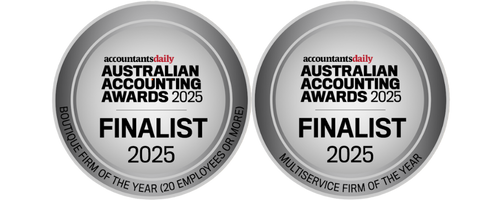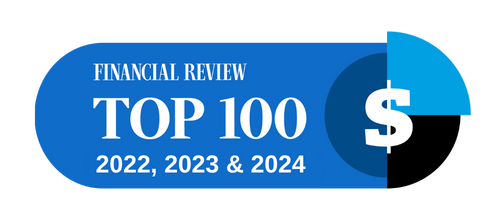By Sharon Aguiar, Senior Accountant, Walshs
The NSW and Victorian Office of State Revenue (OSR) have been actively engaging in payroll tax audits for medical and dental practices. The NSW OSR has conducted at least 20 audits in the last 18 months.
The problem
Broadly speaking, the NSW and Victorian OSRs have held the view the net payment remitted by the practice to the practitioner – that is, the practitioner’s billings, less any service fees withheld by the practice – is subject to payroll tax.
They have deemed the practitioners as employees, instead of independent contractors of the practice. At present, they have the power to issue backdated assessments up to five years and impose penalties on any unpaid taxes.
Based on the precedents set by the Optical Superstores and Homefront Nursing cases, the OSR has taken the view the net payment remitted by the practice to the practitioners (for example, the portion of billings paid to the practitioners after deducting the service fee) will be subject to payroll tax. Claims on these audits range from $50,000 for smaller practices and up to $700,000 for larger practices.
Given the similarities in the legislation between states, we anticipate that Queensland will soon follow suit. They will be looking at two key areas:
- Service agreements between the practice and the practitioner:
- Explanation of the relationship between the practice and the practitioner
- Services provided by the practitioner to the practice and vice versa
- Ownership of patient records
- Administration of payments and records within the practice:
- How payments flow between patient, practice and practitioner
- How these payments are being banked – are payments for each practitioner being banked into separate bank accounts and held ‘on trust’ for the practitioner
- Human resource management i.e. record keeping regarding staff
- Whether the above is in line with the service agreement in place
The solution
In order to reduce the risk of payroll tax exposure, the practitioner needs to be seen to be as independent as possible from the practice. There are ways practices can account for the flow of funds to make it less likely the relationship between the practitioner and the practice would be seen as an employer and employee relationship and therefore subject to payroll tax.
Solution 1:
The practitioner receives their gross billings into their own bank account. The practice invoices the practitioner a service fee (a percentage of billings or operating costs as per the service agreement). Accordingly, the practitioner pays their service fees to the practice.
The practice profit and loss would show service fee income only (invoiced as mentioned above), i.e. no income from billings.
This solution creates additional administration work for the practice manager to chase up any unpaid service fee invoices. Further to this, there is a risk of cash flow issues if the invoices are not paid in a timely manner. As such, this solution is more practical when the practitioners are owners of the practice.
Solution 2:
Patient billings are received into a bank account owned by the practice. This bank account would only receive the billings income and there would be a separate trading account. The billings would be held ‘on trust’ for the practitioner and the amounts would be cleared into holding accounts. Each practitioner will be required to have their own holding account. The practice will raise an invoice for a service fee, reducing the balancing of the holding account and the practitioner is paid the net amount of their billings less any service fees.
Similar to solution one, the practice profit and loss would show service fee income only, no income from billings. The billings income would be accounted for through the clearing accounts on the balance sheet.
This solution is similar to how practices may already account for their billings. For smaller practices, we recommend having a separate bank account for each practitioner to receive their billings into, as well as a separate holding account. For larger practices, we recommend having one account to receive all the practitioner’s billings and at the end of each week or month, allocating these to each doctor’s holding accounts. It’s important that each doctor has a separate holding account and none are grouped together.
Next steps
Moving forward, it is important that practices take any necessary steps to identify any high-risk areas that may leave your practice exposed to payroll tax. We recommend reviewing the following areas of your practice:
- Service agreements
- Banking arrangements
- How payments flow between patient, practice and practitioner; and
- Whether the above is in line with service agreements in place.
After an initial review of the above, it may be necessary to implement new service agreements, new banking arrangements and new record keeping arrangements in order to minimise risk and exposure to payroll tax.
For more information or to discuss your specific circumstances, please do not hesitate to contact your Walsh advisor or book a meeting here.











